Celeste is what happens when a passion for platformers meets a spark of genius inspiration. This is twitch movement and precision control paired and ramped up to eleven. It would be obvious to compare Celeste to Super Meat Boy and that’s not necessarily a bad thing. Many have held Meat Boy up as a bar for quality, which I think would please Edmund McMillen because games like this follow on from that legacy. And while we all wait with greedy hands for the next instalment of Meat Boy, we have a game here that easily fills the gap. Not only fill the gap, but will jump over, scale it and dash through the air above it.
Opening the game we start as the protagonist, Madeline, who wants to scale Mount Celeste. At first, we’re not told a great deal about why Madeline has made this journey, but we see her confidence and determination. Our plucky hero is only skin deep, but she represents two things brilliantly well; the player and our want to achieve our dreams. An inkling of a plot trickles through in conversations with another climber, with spectres in haunted hotels and with an evil mirror image of herself. Why we’re climbing doesn’t really matter all that much; it’s the act of doing it, that does.
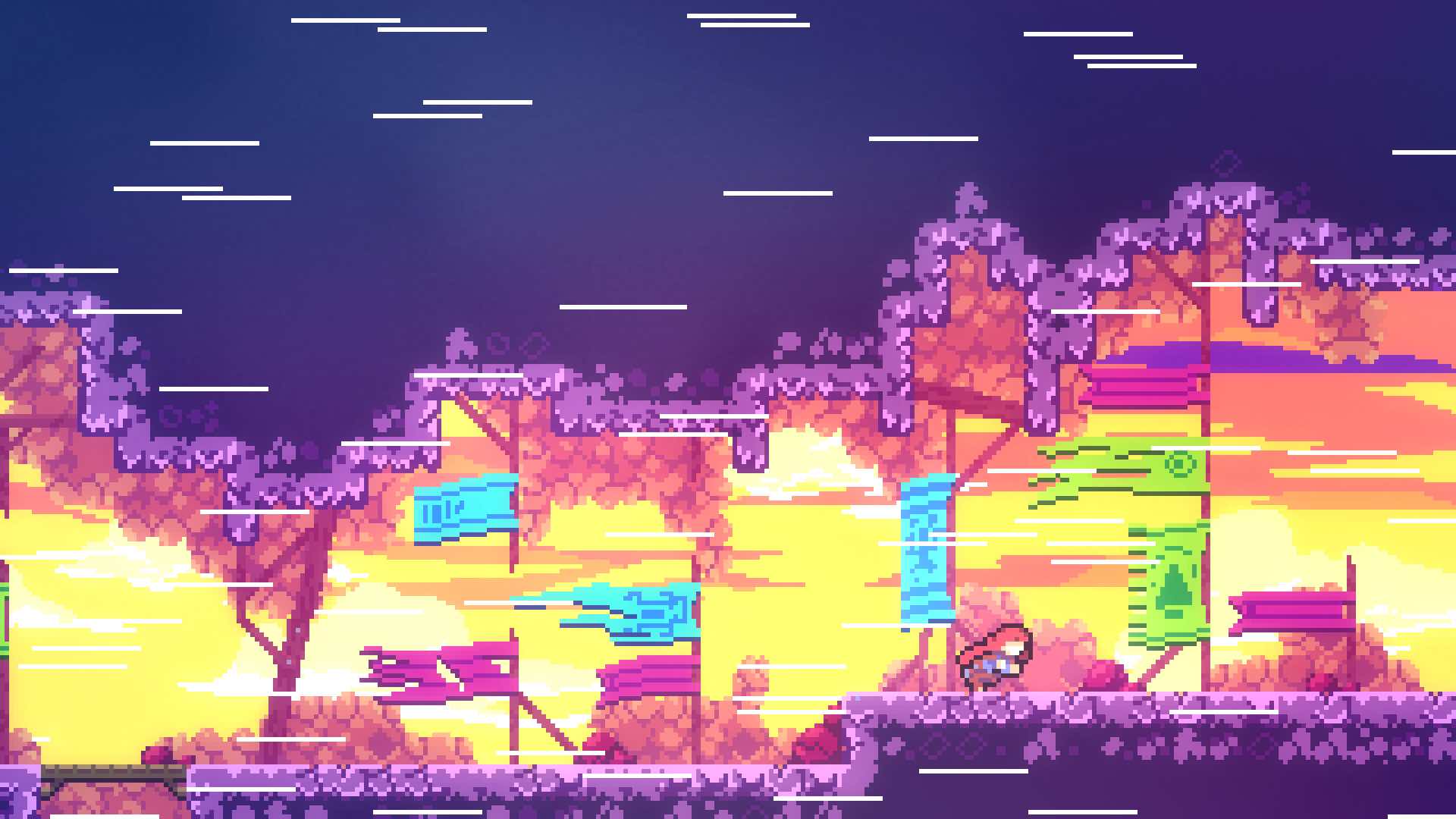
The climbing represents overcoming an obstacle in both the literal and figurative senses. It takes precedent and shines like a light at the end of the tunnel. It is the goal of the game, but it plays a part in how we look at the hurdles of life and the anxiety that accompanies them. In fact, the idea of controlling emotion becomes an overarching theme in Celeste. Madeline begins to mention her doubts, her mirror image becomes a personification of our inner critic. Her feelings seep into the player and are emphasised by the gameplay. Timed sections or dashing enemies do give you doubt and cause panic, forcing frantic movements that you realise, microseconds too late, wouldn’t have worked anyway.
After a particularly fraught section, we meet up with a fellow climber who has dropped in and out of the story. They both find themselves in a precarious situation which sparks a small type of mini-game which urges you, the player, to relax through Madeline. It’s a frankly genius piece of game design that not only works, but forces you to question how you play.
So, to give you an idea of what game you will actually be playing we need to look past the gorgeous pixel art graphics – which are spare and subtle – and head into the prologue. Here, the player is given a deceptively simple control scheme of jump, climb/hold and dash. The first two are fairly obvious, the latter acts as a burst of forward momentum which almost teleports you in the direction you hold the analogue stick or D-pad. You can’t use it to pass through walls or floors, but it’s perfect for out of reach ledges or furthering a wall jump.
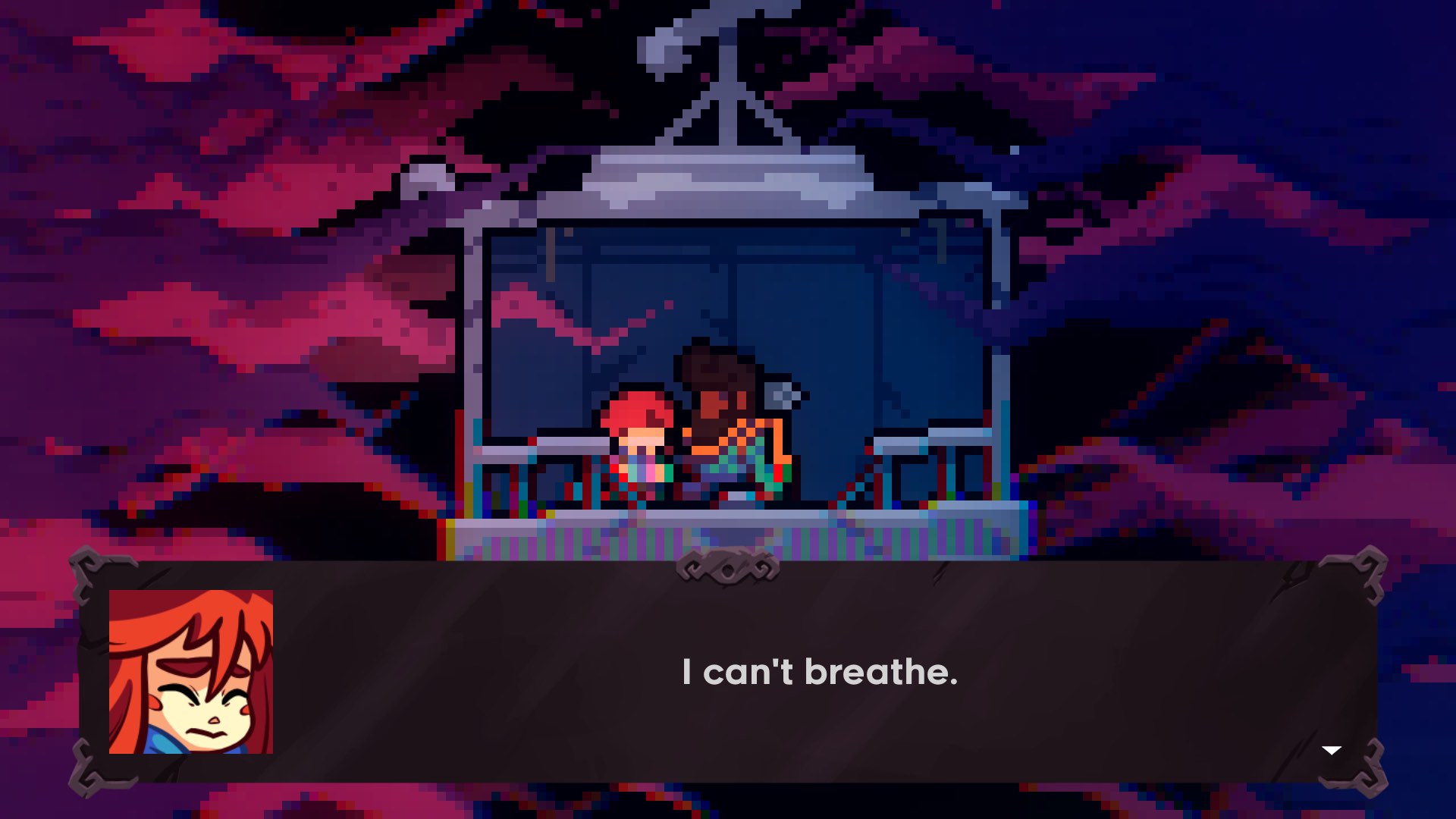
Throughout the levels, you’ll face reasonable jumps that then scale up to moving platforms, patches of starry space that acts like water, dark matter that kills with one touch and a whole lot more. Add into this the fact that Madeline can only hold onto walls for a limited period of time before her stamina runs out and you’ll see that there is plenty to dive into and experiment with. There are collectables in the form of strawberries, which the game will tell you mean nothing except as a bragging right to your friends. There are hidden pathways and whole screens when to find when you head off exploring. And you never know what you might find, a certain object unlocks an even more difficult version of the game that will have you gnashing on your controller.
However, the entire idea is to get to the top of the mountain. Which is, on its own, a fantastic adventure. But, wander into the menus and you’ll find the option to turn on the speedrun clock. Now the game comes alive. It took me 18mins 33secs to finish my initial playthrough of Forsaken City, the first proper level. I wanted to improve that time, because I am a speedrunner. I told myself, “don’t worry about strawberries or death and run like hell”. 3Mins 56secs. The bite of the bug is here.
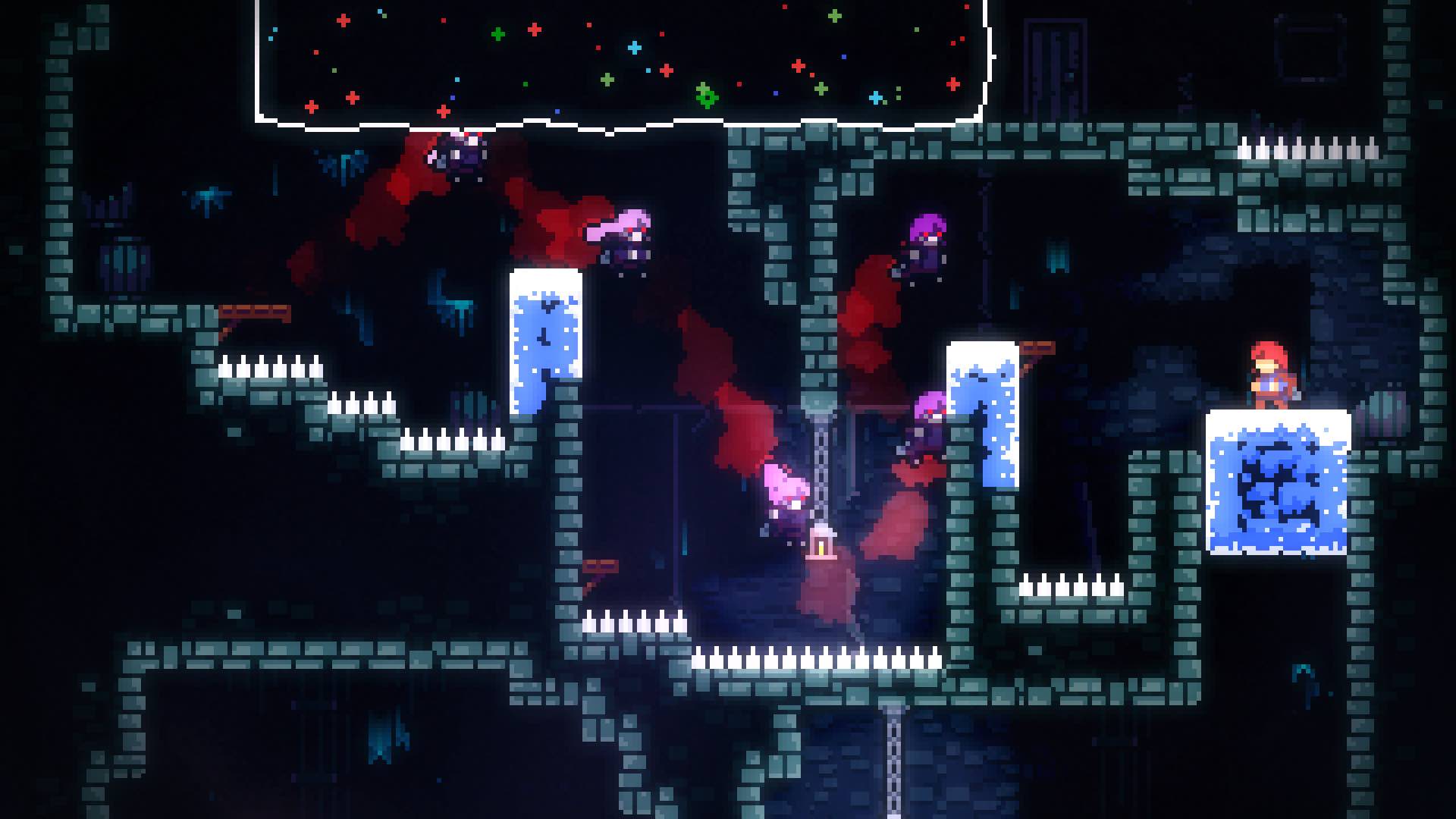
Putting together moves and chaining sections together feels exciting; it sparks the adrenaline because, when done right, Madeline moves like liquid. With a fluidity of flowing water around rocks in a stream. If you die, and there are many ways to do so – spikes and bottomless pits are plenty – you’ll be set back to the start of the screen on which you died. So there’s very little downtime or cause to halt your pace. With the moveset in mind, I began to explore what I could do and push myself further; dash over longer gaps, bounce from walls into handholds, take advantage of moving platforms that fuelled momentum. 3Mins 32sec. 2Mins 27sec. I ended the night with a 1min 43secs run. I was proud. I bragged. And then I found out the developer can run it in 1min 12secs.
I would feel disheartened, but Celeste has taught me, in a short time, not to feel this way. The game has guided me, through Madeline, to strive for my goals, to take time and breathe, to take chances and venture out of my comfort zone. The story that eventually plays out is a powerful hit to the solar-plexus and is very welcome in the current field of video games.
Every small part of the game is made to push the player into feeling empowered – from the gameplay, to the pulse-pounding, yet often thoughtful music. Celeste is a game I won’t stop playing, I won’t stop enjoying. Now, can I get that run under 1min 40secs?
Version Tested: Nintendo Switch
Review copy provided by Matt Makes Games

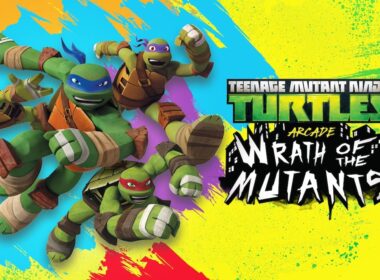
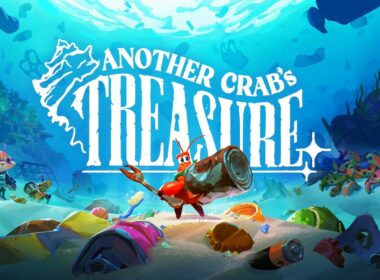



I know games like this have been done a zillion times by now but Celeste is freakin’ awesome. Gives me a lot of hope for indie titles on the Switch, too.